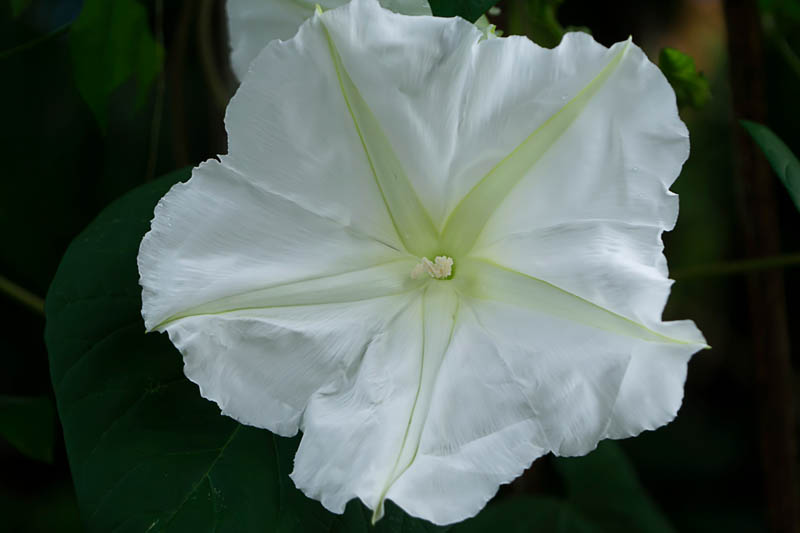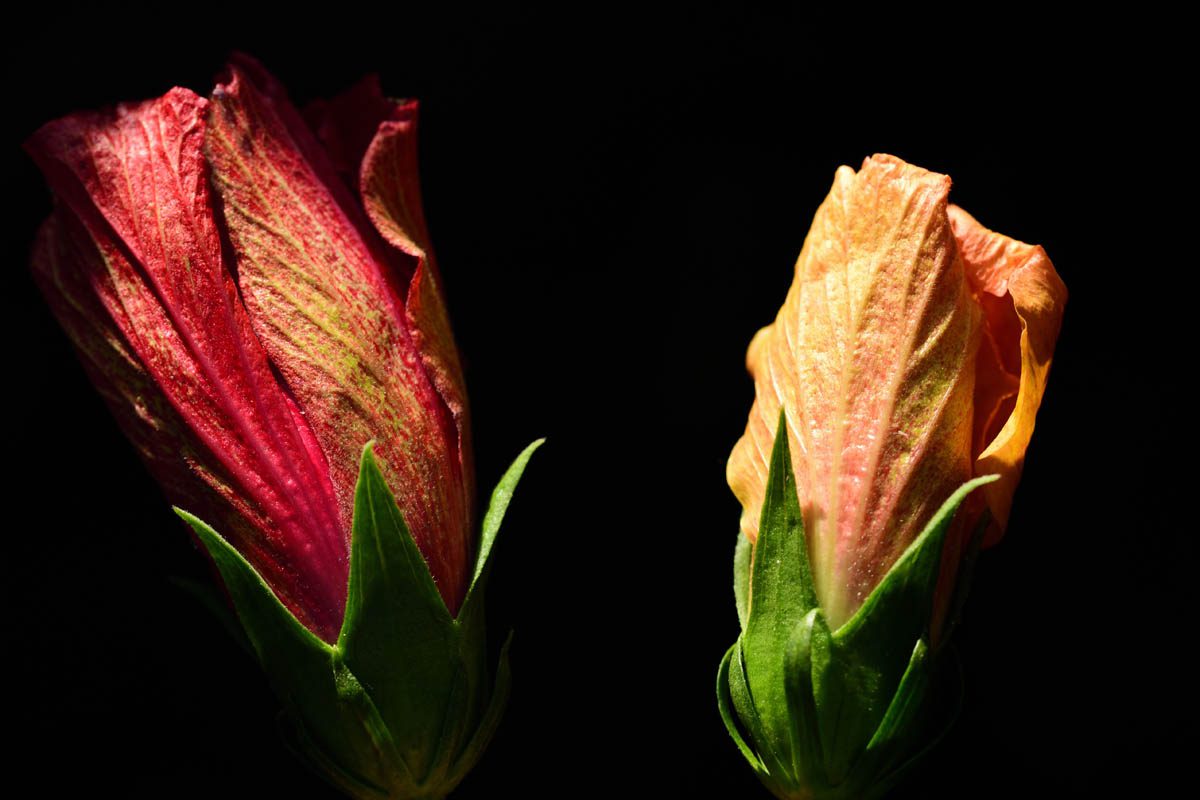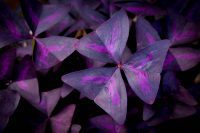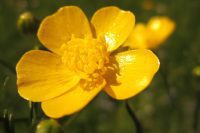Why do some flowers close at night?
This is an evolutionary process known as nyctinasty, which originated from the Greek word Νύχτα, which means night. Nyctinasty refers to a type of movement (nyctin) that serves a number of functions.
- To protect the delicate pollen and reproductive parts from moisture at night as is important that pollen remain dry so that it is easily transferred onto visiting insects as they feed during the day.
- As most pollinating insects are active during the day, there is no benefit to keeping the flowers open.
- The petals and in some cases bracts fold over and act as a protective blanket against the nighttime cold and against herbivorous insects.
Some flowers may only get one chance at pollination, and therefore want to increase their chances by taking precautions to protect the pollen and flower itself. Other flowers have multiple chances and therefore can afford to remain open day and night.
Which flowers close at night?
Examples of flowers that open during the day and close at night include:
- Daisies
- Tulips
- Crocus
- Hibiscus
- Morning glory
- Poppies
- Oxalis
- Ice plant
- Gazanias
- Water lilies
These flowers may also remain closed on overcast or rainy days. Dahlias, phlox, sunflowers, foxglove, columbine, dahlia, zinnia, daffodils, roses, gardenia, jasmine and aster are a few flowers that remain open at night.
Nyctinasty differs from tropism, which refers to the movement of a plant in response to a stimulus such as sunlight or touch.
Do all flowers close at night?
Not all flowers close at night, some flowers such as the moonflower (Ipomoea alba) and evening primrose are closed during the day and open at night as they rely on nocturnal insects and moths to pollinate them.

Julia is a writer and landscape consultant from Wollongong with a love of horticulture. She had been an avid gardener for over 30 years, collects rare variegated plants and is a home orchardist. Julia is passionate about learning and sharing her knowledge of plant propagation and plant toxicology. Whether it’s giving advice on landscape projects or sharing tips on growing, Julia enjoys helping people make their gardens flourish.




